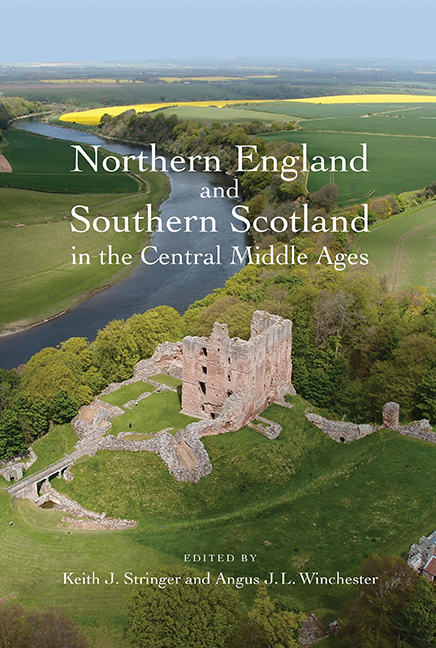Book contents
- Frontmatter
- Contents
- List of Figures
- List of Tables
- List of Contributors
- Preface
- Editorial Notes
- List of Abbreviations
- Introduction: ‘Middle Britain’ in Context, c.900–c.1300
- 1 Kingdom and Identity: A Scottish Perspective
- 2 Law, Governance and Jurisdiction
- 3 Languages and Names
- 4 Dioceses, Saints’ Cults and Monasteries
- 5 Parishes and Churches
- 6 Lords and Tenants
- 7 Rural Settlement Patterns on the Ground
- 8 Shielings and Common Pastures
- 9 Towns and Trade
- 10 Fortifications
- Index
7 - Rural Settlement Patterns on the Ground
Published online by Cambridge University Press: 24 August 2019
- Frontmatter
- Contents
- List of Figures
- List of Tables
- List of Contributors
- Preface
- Editorial Notes
- List of Abbreviations
- Introduction: ‘Middle Britain’ in Context, c.900–c.1300
- 1 Kingdom and Identity: A Scottish Perspective
- 2 Law, Governance and Jurisdiction
- 3 Languages and Names
- 4 Dioceses, Saints’ Cults and Monasteries
- 5 Parishes and Churches
- 6 Lords and Tenants
- 7 Rural Settlement Patterns on the Ground
- 8 Shielings and Common Pastures
- 9 Towns and Trade
- 10 Fortifications
- Index
Summary
Any survey of the evolution of rural settlement in the period covered by this book is restricted by the paucity of datable evidence. Closely dated archaeological excavations from the period are limited, as are extant documentary sources before 1300, particularly for Scotland. As a result, indirect means of research are necessary if any coherent picture of rural settlement is to be built. The aim has to be to deduce patterns from field survey data, marrying these where possible with documentary sources to create a model of changing patterns of settlement. Furthermore, the terminology of settlement differs from one side of the Border to the other, as do standard models of settlement and settlement change, making comparisons difficult. The deserted rural settlement sites which often form the starting-point (and much of the archaeological evidence) for discussions of medieval settlement patterns differ in date and character. In Scotland the nineteenth-century clearance township is the norm, while in England it is the deserted medieval village, even though many villages were not deserted until the post-medieval period, especially in northern England. When settlement patterns have been mapped, deserted medieval villages stop at the Scottish Border, while infield-outfield systems of agriculture are treated as apparently something peculiarly Scottish. The national models tend to be simplistic (not all villages were deserted and not all townships were cleared), and most field survey evidence for northern England and southern Scotland is predominantly post-medieval rather than medieval.
Furthermore, settlement patterns have been studied, if at all, from opposite sides of the Border, and the understanding of medieval settlement in Scotland has lagged behind that in England. To complicate matters further, recent rural settlement syntheses in England have posited settlement provinces that divide along the Pennine ridge, raising questions about settlement in Scotland that no one in Scotland is asking. Both northern England, particularly Northumberland, Cumberland and Westmorland, and the Border zone of Scotland, especially in the south west, were peripheral areas, far distant or at least distant from the heartlands of the two kingdoms. Yet the very Border itself, only finally fixed during the thirteenth century, split ancient political territories, the early medieval kingdoms of Northumbria and Strathclyde/Cumbria, between the kingdoms of Scotland and England, thus dividing the cultural region within which the roots of the medieval settlement pattern had evolved.
- Type
- Chapter
- Information
- Publisher: Boydell & BrewerPrint publication year: 2017

